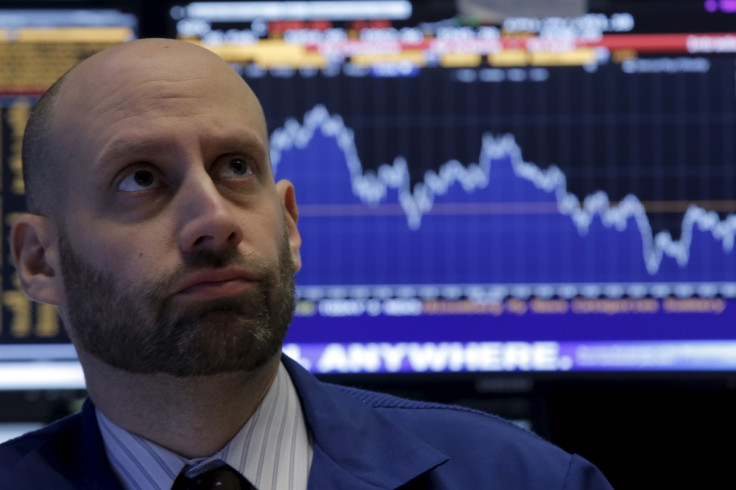US market report: S&P 500, Nasdaq post three straight monthly declines since 2011

US stocks plunged on 29 February despite gains in oil prices, with traders attributing the decline to late-day sell orders near the end of the month. The S&P 500 and Nasdaq posted the first three-month losing streak since 2011, while the Dow Jones Industrial Average posted its first monthly gain since November 2015.
The S&P 500 dropped 15.82 points, or 0.8%, to settle at 1,932.23, with health-care (-1.6%) and energy (-1.2%) contributing to losses. According to MarketWatch, the utilities sector was the only in positive territory, ending up 0.2%. The S&P 500 posted a 0.4% monthly decline, its third straight month ending in the red.
The Nasdaq Composite fell 32.52 points, or 0.7%, settling at 4,557.95. Apple, Google and Amazon all saw declines, falling 0.22%, 7.3% and 2.71% respectively. MarketWatch noted that the tech-heavy index dropped 1.2% in the last month. The iShares Nasdaq Biotechnology ETF (IBB) weighed, trading over 2.5% lower.
While the Dow Jones Industrial Average closed down 123.47 points, or 0.7%, to settle at 16,516.50, it ended February with a gain of 0.3% following two months of declines. Caterpillar Inc contributed to the blue-chip gauge's gains, ending the day up 1.24%. However, JP Morgan Chase weighed, falling 2.2%. According to CNBC, Home Depot and UnitedHealth were the greatest contributors to losses by the Dow.
The stocks declines came despite rallying by oil prices. US crude oil futures ended up $0.97, or 2.96%, to $33.75 a barrel. "The fact that oil is up big and the market isn't up big concerns me, but what's going on is the market's a little bit tired," Matthew Tuttle, chief investment officer of Tuttle Tactical Management, told CNBC. "The market's already had a big move off the 1,812 area and it's just tired at this point," he added while noting the S&P 500 has struggled to get far past the 1,950 level.
However, Randy Frederick, managing director of trading and derivatives at Charles Schwab, said, "I still think oil is by far the primary driver of the market at the moment."
Treasury yields ended lower, with the 2-year yield near 0.78% and the 10-year yield at 1.75%. The US dollar index traded up after hitting its highest since 3 February, CNBC noted. The euro closed near $1.087 after it fell to its lowest against the dollar since 1 February. Meanwhile, the yen settled at 112.87 yen against the greenback and the pound sterling held by $1.3900 in the afternoon. CNBC reported that gold futures for April delivery settled $14 higher at $1,234.40 an ounce.
According to MarketWatch, a gauge of pending home sales dropped 2.5% in January, a reflection of the impact the East Coast blizzard had at the start of the year as well as the strong acceleration in home prices.
Markets around the world were influenced by China's central bank's decision to guide the yuan lower for a fifth straight session, MarketWatch reported. The move led to the Shanghai Composite to dip 2.86%. Japan's Nikkei 225 also closed down low 161.65 points, or 1%. In Europe, the FTSE 100 closed up 84.28 points to settle at 6,097.09, while Germany's DAX dropped 17.90 points to settle at 9,495.40.
© Copyright IBTimes 2025. All rights reserved.




















